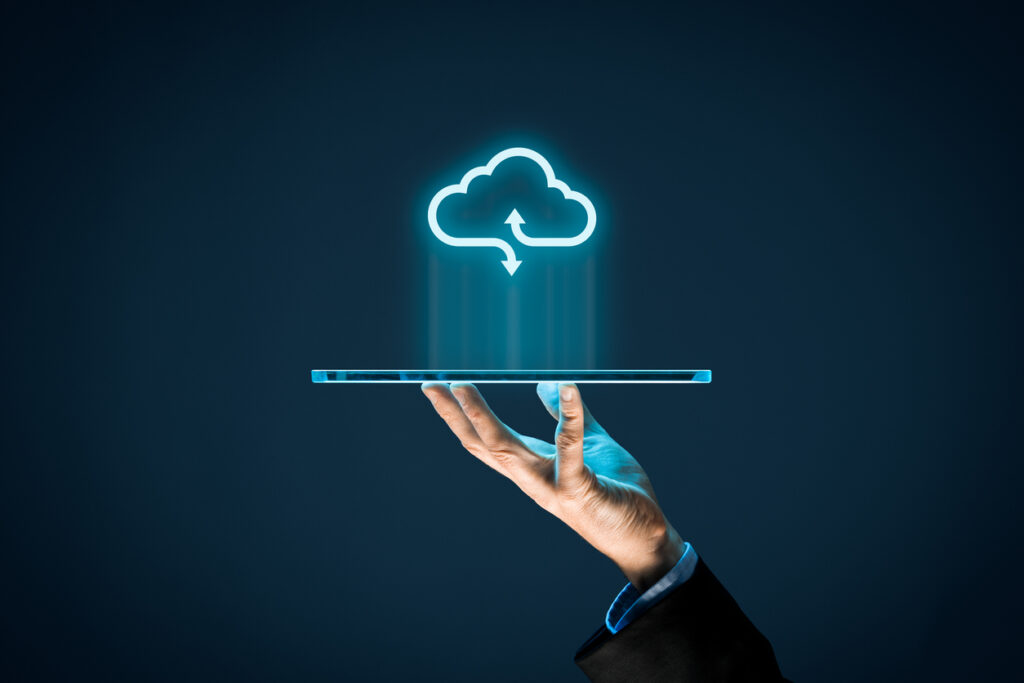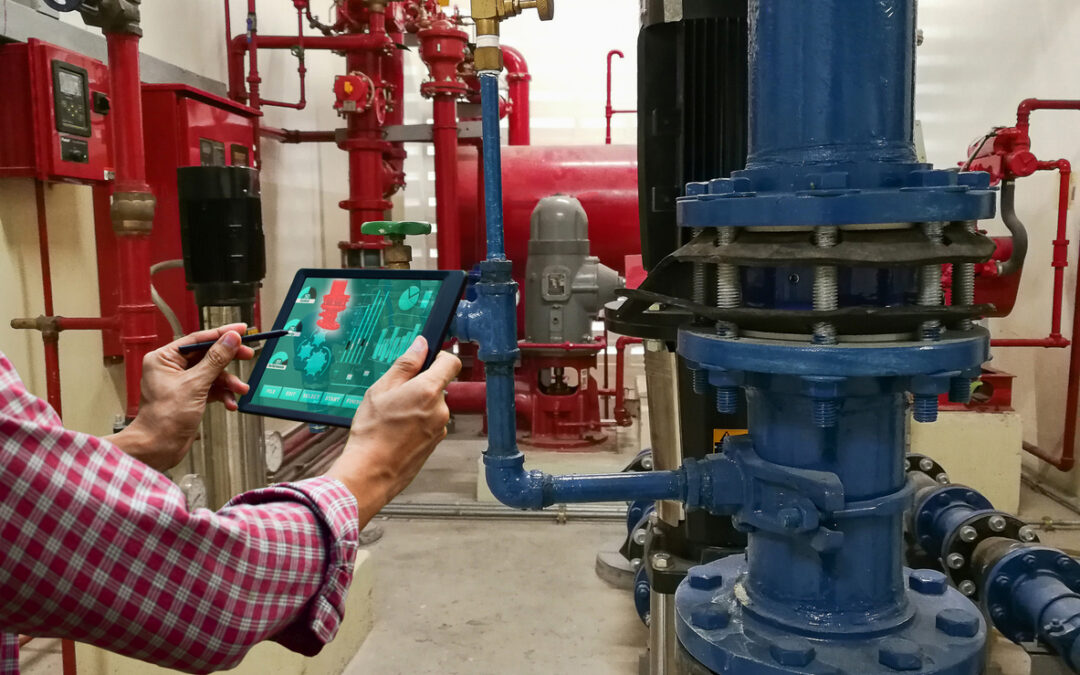The role of Computerized Maintenance Management Systems (CMMS) in facility management has evolved significantly, driven by the rapid advancement of technology. In today’s dynamic environment, integrating CMMS with advanced technologies like AI, IoT, and cloud computing is not just a trend but a necessity. This integration enhances efficiency, improves asset management, and ensures compliance in critical environments. This article explores how these integrations are transforming facility management and outlines the key benefits and challenges.
The Role of CMMS in Facility Management
CMMS is a software solution that centralizes maintenance information, streamlines processes, and automates many maintenance-related tasks. Traditionally, CMMS has been used for scheduling maintenance, tracking work orders, and managing assets. However, with the advent of new technologies, the capabilities of CMMS have expanded significantly.
Integrating AI and IoT with CMMS
One of the most transformative integrations is between CMMS and the Internet of Things (IoT). IoT devices can collect real-time data from various assets, including HVAC systems, lighting, and machinery. This data can then be fed into the CMMS, providing facility managers with real-time insights into the performance and health of their assets.
For example, IoT sensors can monitor the condition of an HVAC system, detecting any anomalies such as temperature fluctuations or unusual vibrations. This data is then processed by the CMMS, which can automatically generate a work order for maintenance if a potential issue is detected. This predictive maintenance approach helps prevent equipment failures, reduces downtime, and extends the lifespan of assets.
Artificial Intelligence (AI) further enhances the capabilities of CMMS by enabling advanced data analytics. AI algorithms can analyze historical and real-time data to identify patterns and predict future maintenance needs. This proactive approach allows facility managers to schedule maintenance activities more efficiently, reducing the likelihood of unexpected breakdowns and optimizing resource allocation.

Enhancing Critical Environments
Integrating CMMS with advanced technologies is particularly beneficial for managing critical environments such as data centers, hospitals, and laboratories. These environments require high levels of reliability and compliance with strict regulations.
For instance, in a hospital setting, maintaining the functionality of critical equipment such as MRI machines and life-support systems is crucial. IoT sensors can continuously monitor these devices, while the CMMS ensures that maintenance activities are performed on time and documented accurately. This integration not only enhances equipment reliability but also helps meet regulatory requirements and improves patient safety.
Cloud Computing and Mobility
Cloud computing is another technology that has revolutionized CMMS. Cloud-based CMMS solutions offer several advantages over traditional on-premises systems, including scalability, accessibility, and cost-effectiveness. Facility managers can access the CMMS from any location using mobile devices, allowing them to manage maintenance activities remotely. This is particularly useful for large organizations with multiple facilities or for managing facilities in different geographic locations.
Mobile access to CMMS also improves communication and coordination among maintenance teams. Technicians can receive work orders, update their status, and access asset information directly from their mobile devices, reducing response times and improving productivity. Additionally, cloud-based CMMS solutions often come with advanced security features, ensuring that sensitive maintenance data is protected.

Benefits of CMMS Integration
- Improved Asset Management: Integrating CMMS with IoT and AI enables real-time monitoring and predictive maintenance, leading to better asset management and reduced downtime.
- Enhanced Efficiency: Automation of routine tasks and proactive maintenance scheduling free up staff to focus on more critical activities, improving overall operational efficiency.
- Cost Savings: Predictive maintenance helps prevent costly equipment failures and extends the lifespan of assets, resulting in significant cost savings.
- Regulatory Compliance: In critical environments, integrated CMMS solutions help ensure compliance with industry regulations by maintaining accurate maintenance records and timely equipment inspections.
- Scalability and Flexibility: Cloud-based CMMS solutions offer scalability and flexibility, allowing organizations to adapt to changing maintenance needs and manage facilities across different locations.
Challenges and Considerations
While the benefits of integrating CMMS with advanced technologies are clear, there are also challenges to consider. One of the primary challenges is the initial investment required for implementing IoT sensors and AI solutions. Organizations need to assess the long-term benefits and return on investment to justify these costs.
Data security is another critical concern, especially with cloud-based solutions. It is essential to choose a CMMS provider that offers robust security measures to protect sensitive maintenance data from cyber threats.
Interoperability is also a challenge, as integrating different technologies and systems can be complex. Organizations should ensure that their CMMS solution supports open APIs and can seamlessly integrate with other technologies and platforms used in their facility management operations.
Conclusion
The integration of CMMS with advanced technologies such as AI, IoT, and cloud computing is transforming facility management. These integrations offer numerous benefits, including improved asset management, enhanced efficiency, cost savings, and regulatory compliance. However, organizations must carefully consider the challenges and make informed decisions to fully leverage the potential of these technologies. By embracing these advancements, facility managers can create smarter, more efficient, and resilient facilities, setting the stage for future growth and success.

